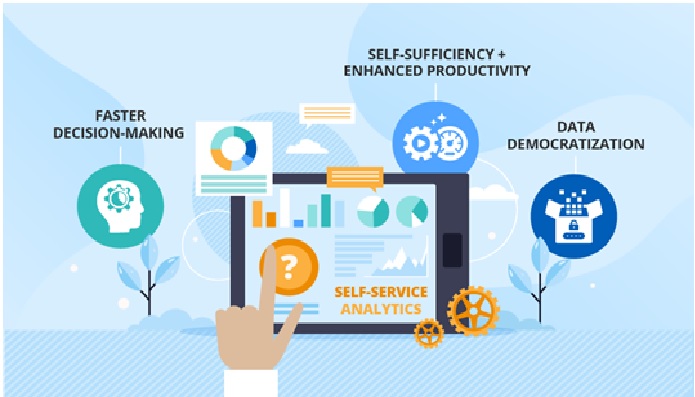Digital Trust Technology
Society is now digitally connected in a pervasive way, with online interactions foundational to individual and business communication, transactions, and processes. Digital transformation has continued to accelerate in recent years, [1] with remote processes replacing face-to-face interactions; devices, systems, and facilities becoming Internet- or network-connected; and new deployment methods changing the landscape of IT architectures.

Figure 1.The Digital Trust
Figure 1 In this environment, digital trust is an essential requirement of online operations. Digital trust is what enables individuals and businesses to engage online with confidence that their footprint in a digital world is secure.
Currently, Digital Trust covers six key areas, privacy, [3] security, identity, predictability, risk mitigation and data integrity.
- Privacy: This ensures to your customers that you have the ability to carry out any transactions or data transfers without taking a peek into their personal data for longer than necessary.
- Security: This would be a company’s power to guarantee that there is absolutely no threat to the data of any of the parties involved in the transaction.
- Identity: Our online presence does not do much to hide our “real” identity. Identity as a factor of digital trust means that customers are provided with anonymity unless stated explicitly by them.
- Predictability: A company’s ability to use existing data to predict any risks that may befall them, and make extensive plans in case of a “what if” scenario. This shows their clients that a company with foresight is a company that can be trusted.
- Risk Mitigation: To be able to understand and plan out a way to minimize the impact of uncertain events brings in the approval of current and potential customers. A customer will be more willing to share their data when they know that all possible risks have been accounted for.
- Data Integrity: To keep your customers' trust, you must keep their data safe above all. Data Integrity is to ensure that all the data you have is complete and accurate, and also that it is being stored and handled appropriately.
Digital trust divides dependable services from corrupt ones, helping the user decide on a secure company rather than an unreliable one. [4] It creates a bond between a user and a company that assures the user they will be receiving what they are asking for in a safe, secure and reliable manner. The more digital trust a company receives, the more likely it will be to gain more users.
Digital trust is used by both digital service companies and their consumers. Users apply digital trust to the search process for a service or device. Consumers are more likely to use a company that is trustworthy than one that is unreliable. Companies aim to gain digital trust from consumers and use this goal to digitally transform themselves and create greater confidence in security, safety, privacy and reliability among consumers.
Digital trust is encouraging companies to focus on removing risk because it is something that negatively affects a consumer's confidence levels. Business leaders have started including cybersecurity and privacy personnel in their development process from the beginning, instead of ignoring them. This helps ensure the company is not avoiding security measures just to get their service or device on the market. Some businesses have also started adopting the zero trust model which decreases the number of opportunities a hacker has to access secure content by limiting who has privileged access to different machines or segments of the network.
References:
- https://www.digicert.com/support/resources/faq/trust-and-pki/what-is-digital-trust
- https://www.weforum.org/projects/digital-trust
- https://www.engati.com/blog/what-is-digital-trust-and-why-its-important
- https://www.techtarget.com/whatis/definition/digital-trust
Cite this article:
Vinotha D (2022)Digital Trust Technology, AnaTechMaz, pp.122















